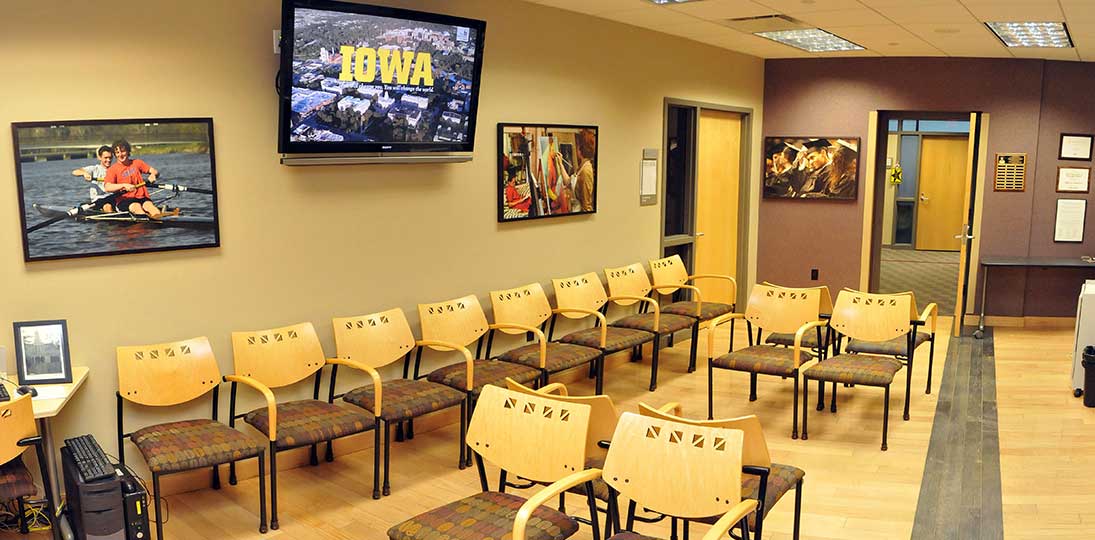As we all know from advertising, location is key to reaching your audience. The same goes for daily communications on your digital signs. Here are five things to consider when placing your digital signage displays:
1. Knowing What You’re Displaying is Just as Important as Where You Display It
Content drives everything. Before you decide where your screens will go, you have to know what will be on them.
- If you’re only trying to reach students, you don’t need screens in the staff room.
- If you plan to show weather and traffic for the ride home, you’ll want your displays near exits.
- If your content is interactive, make sure people can easily touch the screens.
- If you plan to use audio, you won’t want displays with speakers in quiet zones.
Start with a good plan that outlines your goals. Map content to delivery locations that make sense. Consider when and where your audience will need that information, and put your screens there.
2. Keep Your Digital Sign Displays Accessible
Even the biggest, brightest screen won’t draw attention if it’s mounted high up near the ceiling where no one will notice it. The general consensus is to mount screens at eye level or just above that. Also, be careful of glare from windows or overhead lights. If people can’t easily read and interact with your content (QR tags, smartphone snaps, etc.), you’re wasting your efforts.
Accessibility is especially important for interactive content. If you have interactive wayfinding or other touchscreen designs, you should ensure that shorter viewers or people in wheelchairs can use the kiosk along with everyone else by placing displays lower down or including controls at the bottom of the screen. (See ADA guidelines for more details.)
3. Place Your Digital Signage Monitor in Target Traffic Areas
High traffic areas are best for digital signage displays. This may sound really obvious, but we’ve seen this simple rule ignored because of physical or network concerns. It’s great that you have a nice, sturdy wall with network cabling already in place for that video wall. But, if it’s down a side hallway that’s rarely used, you won’t get the most out of your investment.
Place displays in areas where people frequently congregate. You’re likely to have more than one announcement that you want them to see, so putting screens where they linger will give them time to see everything you want them to. Some of the most popular places for screens are:
- Lobbies
- Lounges
- Information desks
- Cafés, cafeterias and food courts
- Elevator waiting areas
4. Think Small About Your Digital Signage Displays
Most of the time, you’re dealing with large displays. But, don’t discount the power of smaller screens to reach your audience.
You can also embed playlists into websites, so people may be seeing it on their handheld devices. Make sure you design your content for where it will show up – for smaller screens, keep messages short.
In some environments, a small display showing a single message playlist may be more effective than a large screen with multiple zones showing lots of content. You could mount small displays in cubicles, library stations, or even cafeteria booths to send targeted ads and announcements.
Room signs offer another digital signage option. In addition to event schedules, you can deliver your playlists to small screens mounted outside conference rooms so that people attending meetings or training don’t miss the day’s announcements.
5. Get Personal With Your Digital Signage Screen
Now that you’ve placed your big and small screens, what about mobile screens? Just because your audience isn’t in front of a screen doesn’t mean you can’t reach them.
You can make message playlists available for smartphones and tablets so that viewers can simply grab an RSS feed or go out to the web to see your announcements. You could even develop a quick app that gives your audience a shortcut to stay updated.
This is a great way to reach audiences who are always on the move, like a remote sales force or students who are off campus.
No matter what hardware you choose, making your digital signage displays accessible, readable, relevant and convenient is the key to success.
